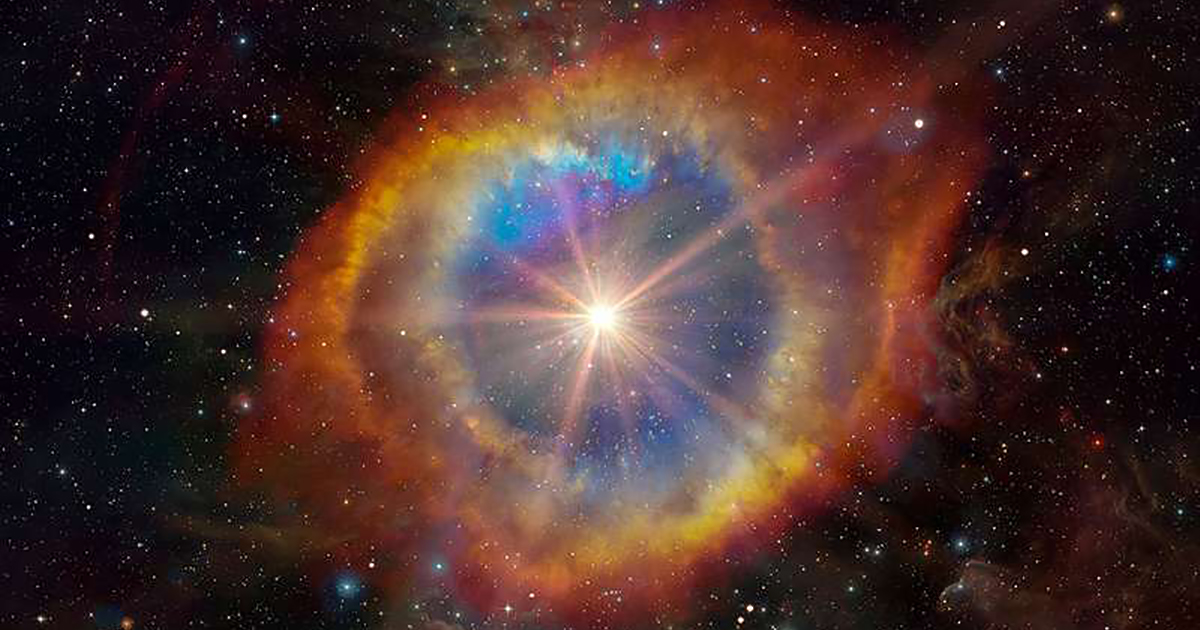A long time ago in a galaxy far, far away, the light from a dying star illuminated our night sky. But the light wasn't the only thing that traveled 150 light years to reach our planet, cosmic energy came with it, bathing the earth in radiation. And now, new research has suggested that exposure to this prolonged radiation may be to blame for the extinction of large marine animals 2.6 million years ago.
Published this month in Astrobiology, the study sheds light on how prehistoric ocean species became extinct, a topic that had long been a mystery and lacked the evidence needed to delve deeper.
"I've been doing research like this for about 15 years, and always in the past it's been based on what we know generally about the universe -- that these supernovae should have affected Earth at some time or another," said lead author Adrian Melott, professor emeritus of physics & astronomy at the University of Kansas. "This time, it's different. We have evidence of nearby events at a specific time. We know about how far away they were, so we can actually compute how that would have affected the Earth and compare it to what we know about what happened at that time -- it's much more specific."
The evidence of supernovae aftereffects had been previously determined by papers that revealed the presence of iron-60 isotope deposits in the seabed.
"As far back as the mid-1990s, people said, 'Hey, look for iron-60. It's a tell-tale because there's no other way for it to get to Earth but from a supernova.' Because iron-60 is radioactive, if it was formed with the Earth it would be long gone by now. So, it had to have been rained down on us,” said Merlott.
According to the authors of the new paper, radioactive particles called muons would also penetrate the earth's atmosphere and extend hundreds of metres beneath the waves, causing harm to any animals living there. They also noted that the bigger the animal the more likely it would have been to experience the effects of radiation exposure, explaining why we no longer have species such as the Megalodon - a shark that was the size of a school bus.
“We estimated the cancer rate would go up about 50 percent for something the size of a human -- and the bigger you are, the worse it is. For an elephant or a whale, the radiation dose goes way up."
Melott finished by saying “There really hasn't been any good explanation for the marine megafaunal extinction. This could be one. It's this paradigm change -- we know something happened and when it happened, so for the first time we can really dig in and look for things in a definite way. We now can get really definite about what the effects of radiation would be in a way that wasn't possible before."
By Ellis Moloney
Melott, A., Marinho, F., & Paulucci, L. (2018). Hypothesis: Muon Radiation Dose and Marine Megafaunal Extinction at the End-Pliocene Supernova. Astrobiology. doi: 10.1089/ast.2018.1902



